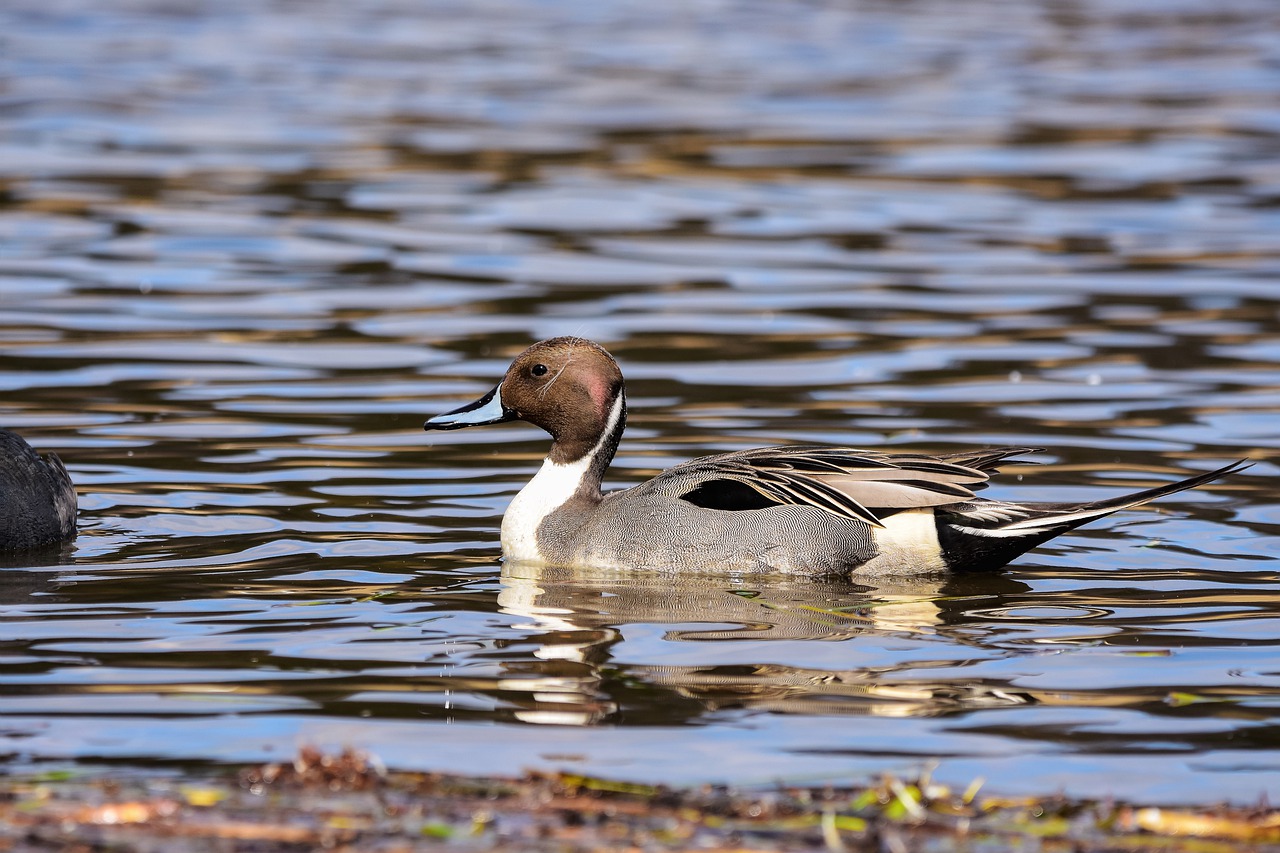Interspecific variation in time budgets among sympatric dabbling ducks
DOI:
https://doi.org/10.34080/os.v2.23055Keywords:
population density, Anatidae, foraging ecology, breeding biology, territoriality, migrationAbstract
The effect of some of the ecological differences among Swedish dabbling ducks, population densities and sex ratios on the proportion of time allocated to foraging was studied during the breeding season 1986 and 1987. Time budget data were collected at southern Gotland, Sweden, and correlation analyses were done with ecological differences determined from the literature and from observations. Increasing male bias in the sex ratios increased the amount of time spent vigilant early in the breeding season for both sexes in April 1987 and for males in May 1987, and also increased the amount of movements of males in April 1987 and of females in May 1986, but decreased movements of males in June 1986. The amount of time spent vigilant did also decrease with increasing male bias for females in June 1986. The proportion of time spent foraging by females in May 1986, but also in May 1987 and June 1986, decreased as the male bias increased. In early breeding season (April), the proportion of time devoted to aggressions (for males) and movements (for females) were positively correlated with the population densities. This did not, however, lead to decreased foraging time. In late season (July) the foraging time was positively correlated with population densities, indicating intraspecific exploitative competition for prey. Migration distance and degree of carnivory did not influence amount of time allocated to foraging. In conclusion, it was shown that sex ratios and population densities did influence time allocation among dabbling ducks during some parts of the breeding season.
Downloads

Downloads
Published
How to Cite
Issue
Section
License
The copyright of each contribution belongs to the author(s), but all contributions are published under a Creative Commons license, so that anyone is free to share and reuse the contribution as long as the copyright holder is attributed.







